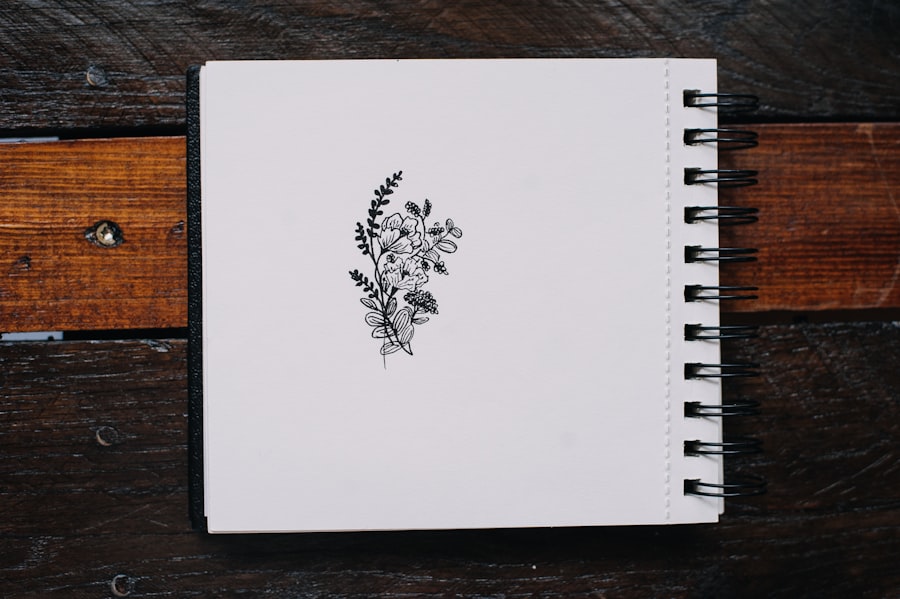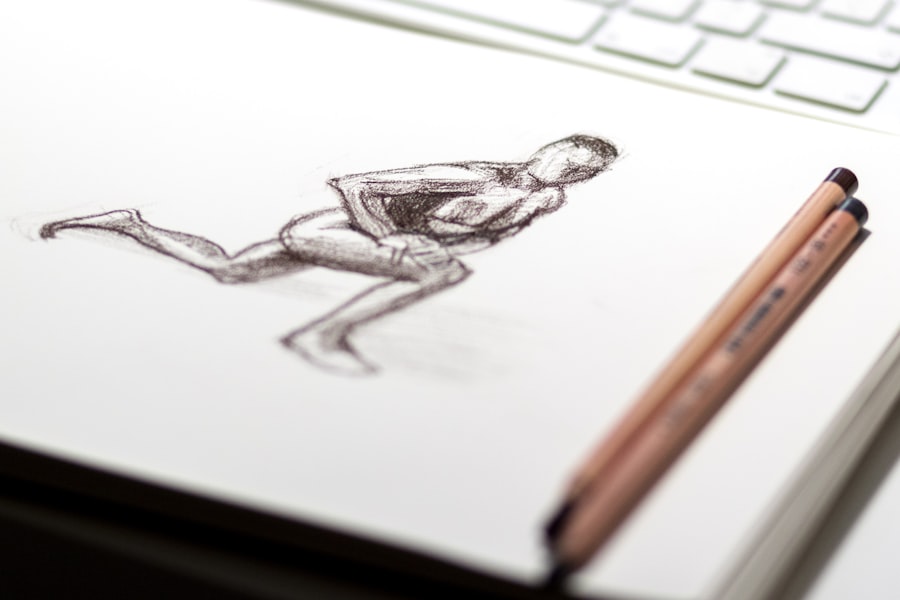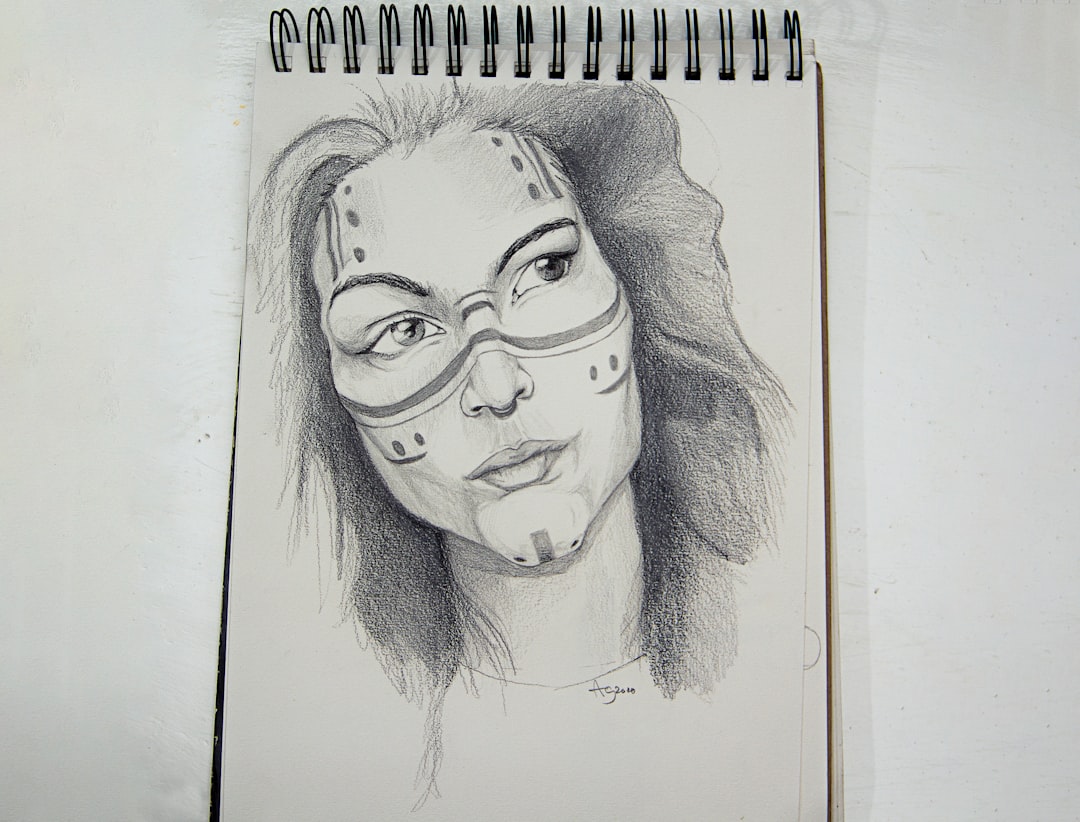When you think of iconic monsters in cinema, Godzilla undoubtedly comes to mind. The original 1954 film, directed by Ishirō Honda, introduced audiences to a creature that would become a cultural phenomenon. However, what many may not realize is that the film’s journey began with a storyboard version that laid the groundwork for the final product.
This storyboard not only captured the essence of the narrative but also provided a visual framework that would influence generations of filmmakers. As you delve into the original storyboard version of Godzilla, you will uncover the creative processes and artistic decisions that shaped this legendary monster’s debut. The storyboard version of Godzilla serves as a fascinating glimpse into the film’s early conceptualization.
It reveals the intentions of its creators and the thematic elements they sought to explore. The storyboards encapsulate the raw emotion and societal commentary that would later resonate with audiences worldwide. By examining this original version, you can appreciate the depth and complexity that went into crafting a film that was not merely about a monster wreaking havoc but also a poignant reflection on post-war Japan and the anxieties of the atomic age.
Key Takeaways
- The 1954 Godzilla: The Original Storyboard Version offers a unique look at the creation of the iconic film.
- The creation of the original storyboard involved collaboration between director Ishiro Honda and special effects director Eiji Tsuburaya.
- Differences between the storyboard version and the final film include alternate scenes, different camera angles, and additional details in the storyboard.
- The impact of the storyboard version on the Godzilla franchise is significant, influencing future films and the portrayal of the iconic monster.
- Restoring and preserving the storyboard version allows fans to appreciate the original vision of the filmmakers and the evolution of the Godzilla story.
The Creation of the Original Storyboard
The creation of the original storyboard for Godzilla was a meticulous process that involved collaboration among various artists and filmmakers. You can imagine the atmosphere in the studio as ideas were exchanged, sketches were drawn, and narratives were debated. The storyboard was not just a series of images; it was a blueprint for a cinematic experience that aimed to evoke fear, empathy, and reflection.
Each frame was carefully crafted to convey the emotional weight of the story, illustrating not only Godzilla’s destructive power but also the human stories intertwined with it. As you explore the creation process, consider how the artists drew inspiration from real-world events. The devastation of World War II and the atomic bombings of Hiroshima and Nagasaki loomed large in the minds of those involved in the project.
This historical context infused the storyboard with a sense of urgency and relevance. The creators sought to depict Godzilla as a metaphor for nuclear destruction, making it essential for them to visualize scenes that would resonate with audiences on multiple levels. The storyboard became a canvas for their fears and hopes, ultimately shaping a narrative that transcended its genre.
Differences Between the Storyboard Version and the Final Film

While the final film version of Godzilla is celebrated for its groundbreaking special effects and powerful storytelling, it is essential to recognize how it diverged from the original storyboard. You may find it intriguing to note that certain scenes were altered or omitted entirely during production. For instance, some moments that emphasized human suffering and societal impact were toned down in favor of more action-oriented sequences.
This shift reflects a broader trend in cinema where commercial viability often takes precedence over thematic depth. Moreover, character development in the storyboard version was more pronounced than what ultimately made it to the screen. You might notice that certain characters had richer backstories and motivations in the original sketches, which added layers to their interactions with Godzilla.
The final film streamlined these elements, focusing instead on delivering thrilling visuals and dramatic confrontations. While this decision made for an engaging cinematic experience, it also meant that some of the emotional resonance present in the storyboard was lost in translation.
The Impact of the Storyboard Version on the Godzilla Franchise
| Storyboard Version | Impact on Godzilla Franchise |
|---|---|
| Original Storyboard | Established the iconic look and feel of Godzilla, set the tone for future films |
| Revised Storyboard | Introduced new elements and characters, expanded the Godzilla universe |
| Alternate Storyboard | Offered a different perspective on Godzilla’s origin and motivations |
The original storyboard version of Godzilla has had a lasting impact on the franchise as a whole. You can trace its influence through numerous sequels, spin-offs, and reboots that have emerged over the decades. The themes introduced in the storyboard—fear of nuclear annihilation, environmental destruction, and humanity’s struggle against nature—have continued to resonate with audiences, ensuring that Godzilla remains relevant in contemporary discussions about technology and ethics.
As you reflect on this impact, consider how subsequent filmmakers have drawn from the original storyboard’s visual language and narrative structure. Many modern interpretations of Godzilla pay homage to its roots while also expanding upon its themes. The original storyboards serve as a reminder of the franchise’s origins, grounding new stories in a rich history that continues to evolve.
This connection between past and present is what keeps Godzilla alive in popular culture, allowing each new iteration to speak to current societal concerns while honoring its legacy.
Restoring and Preserving the Storyboard Version
In recent years, efforts have been made to restore and preserve the original storyboard version of Godzilla, ensuring that this vital piece of cinematic history is not lost to time. You may find it fascinating how archivists and film historians have worked tirelessly to locate original materials, digitize them, and make them accessible to audiences worldwide. This restoration process is not merely about preserving art; it is about safeguarding cultural heritage and allowing future generations to understand the significance of this work.
The restoration efforts have also sparked renewed interest in Godzilla’s origins among fans and scholars alike. You might be surprised by how many people are eager to explore these early drafts and storyboards, seeking insights into the creative process behind one of cinema’s most enduring characters. By making these materials available, you contribute to a broader appreciation for film as an art form and encourage discussions about its evolution over time.
The Influence of the Storyboard Version on Future Monster Movies

The influence of the original storyboard version of Godzilla extends far beyond its immediate franchise. As you analyze subsequent monster movies, you will likely notice echoes of its themes and visual storytelling techniques. Filmmakers have drawn inspiration from Godzilla’s ability to blend horror with social commentary, creating narratives that resonate with audiences on multiple levels.
This legacy has paved the way for films that explore similar anxieties about technology, nature, and humanity’s place within it. You may also observe how modern monster films have adopted certain stylistic elements from Godzilla’s original storyboard. The use of practical effects combined with CGI has become a hallmark of contemporary monster movies, echoing the innovative spirit of the 1954 film.
By studying these influences, you can appreciate how Godzilla has shaped not only its own franchise but also an entire genre, inspiring filmmakers to push boundaries and explore new storytelling possibilities.
Comparing the Storyboard Version to Modern Godzilla Films
As you compare the original storyboard version of Godzilla to modern iterations of the franchise, you will find both similarities and stark contrasts. While contemporary films often emphasize high-octane action and visual spectacle, they still grapple with themes rooted in fear and existential dread—much like their predecessor. You might notice how modern filmmakers have attempted to recapture some of the emotional depth found in the original storyboards while balancing it with audience expectations for thrilling entertainment.
However, there are also significant differences in how these themes are presented today. Modern Godzilla films often lean into global concerns such as climate change and geopolitical tensions, reflecting contemporary anxieties rather than those specific to post-war Japan. This evolution demonstrates how Godzilla has adapted over time while remaining true to its core identity as a symbol of humanity’s struggle against overwhelming forces—be they natural or man-made.
The Legacy of the 1954 Godzilla Storyboard Version
In conclusion, the legacy of the 1954 Godzilla storyboard version is profound and far-reaching. As you reflect on its impact on cinema and culture, you can appreciate how this early conceptualization laid the groundwork for one of film history’s most enduring franchises. The original storyboards encapsulated not only a monster’s terrifying presence but also a society grappling with its fears and uncertainties—a theme that continues to resonate today.
By understanding this legacy, you gain insight into how art can reflect societal concerns while also entertaining audiences across generations. The original storyboard version serves as a testament to creativity, collaboration, and cultural commentary—elements that remain vital in storytelling today. As you continue your exploration of Godzilla’s journey through cinema, remember that its roots run deep, grounded in a rich history that continues to inspire new generations of filmmakers and fans alike.
If you are interested in the creative process behind the iconic monster, you may want to check out this step-by-step guide on how to make Godzilla in Infinite Craft source. This article provides insight into the intricate details of bringing Godzilla to life in a different medium. It’s fascinating to see how the character has evolved over the years, from its origins in the 1954 storyboard version to its current status as a pop culture icon.
FAQs
What is the 1954 Godzilla storyboard version?
The 1954 Godzilla storyboard version refers to the original storyboard created for the iconic Japanese film “Godzilla” released in 1954. It provides a visual representation of the film’s scenes and serves as a blueprint for the production.
Why is the 1954 Godzilla storyboard version significant?
The 1954 Godzilla storyboard version is significant because it offers insight into the creative process behind the making of the original Godzilla film. It provides a glimpse into the initial vision for the movie and how it was translated onto the screen.
Where can the 1954 Godzilla storyboard version be found?
The 1954 Godzilla storyboard version can be found in various archives, museums, and collections dedicated to film history and Japanese cinema. It may also be available in publications or documentaries related to the making of the Godzilla film.
What information does the 1954 Godzilla storyboard version provide?
The 1954 Godzilla storyboard version provides detailed visual representations of the film’s scenes, including camera angles, character movements, and special effects. It offers a comprehensive overview of the intended visual storytelling for the movie.
How does the 1954 Godzilla storyboard version compare to the final film?
The 1954 Godzilla storyboard version can be compared to the final film to analyze how the original vision was realized on screen. It allows for a study of any changes or adaptations made during the production process and how they impacted the overall storytelling.
